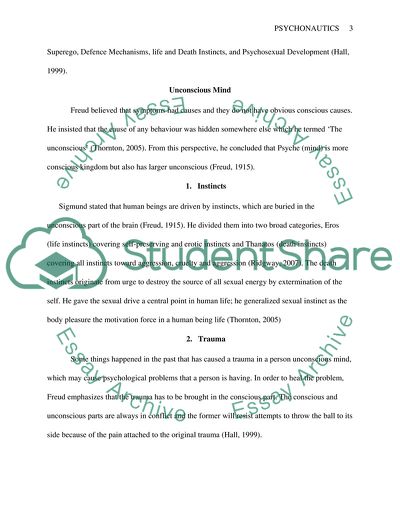Cite this document
(Two Theorists on Psychonautics Coursework Example | Topics and Well Written Essays - 3000 words, n.d.)
Two Theorists on Psychonautics Coursework Example | Topics and Well Written Essays - 3000 words. https://studentshare.org/psychology/1805247-psychonautics
Two Theorists on Psychonautics Coursework Example | Topics and Well Written Essays - 3000 words. https://studentshare.org/psychology/1805247-psychonautics
(Two Theorists on Psychonautics Coursework Example | Topics and Well Written Essays - 3000 Words)
Two Theorists on Psychonautics Coursework Example | Topics and Well Written Essays - 3000 Words. https://studentshare.org/psychology/1805247-psychonautics.
Two Theorists on Psychonautics Coursework Example | Topics and Well Written Essays - 3000 Words. https://studentshare.org/psychology/1805247-psychonautics.
“Two Theorists on Psychonautics Coursework Example | Topics and Well Written Essays - 3000 Words”. https://studentshare.org/psychology/1805247-psychonautics.


